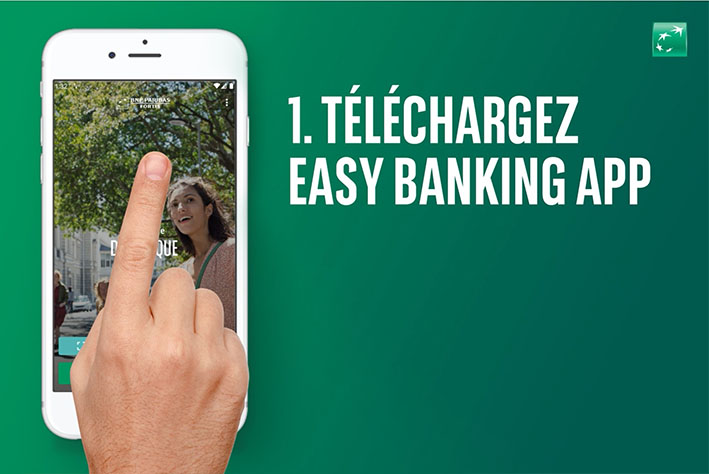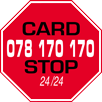- Open an account
- Log in
- My Easy Banking
-
-
Personal information
-
My documents
-
Privacy
-
Settings
-
Logout
-
Daily banking

Bank accounts

Bank cards

Payments

Save and invest

Invest

Save and invest with a goal

Our investment solutions


Financing a property

Finance a vehicle


Family protection

Home protection

Mobility protection

By your side

Specific approach

Online and mobile banking

You are on the version of the site for
Daily banking
Bank accounts
Bank cards
Payments
Our advice
Did you know?

Save and invest
Invest
Save and invest with a goal
Our investment solutions
Our advice
Did you know?

Financing a property
Finance a vehicle
Fund a project
Our advice
An EPC certificate?

Family protection
Home protection
Mobility protection
Our expertise
An EPC certificate?

By your side
Specific approach
Online and mobile banking
Contact us
Did you know?

-
Invoice fraud: how to identify and report a fake invoice
Invoice fraud: recognising and avoiding the traps
Invoice fraud is an increasingly common practice where scammers change the payment details on invoices in order to divert funds. This practice is not limited to business transactions but can also affect consumer purchases.
Typical scenario
You’ve had a new kitchen installed and you receive an invoice from the supplier. You transfer the amount into the account number mentioned on the invoice but then you get a payment reminder a few weeks later. You’ve probably fallen victim to a fake invoice. Scammers have intercepted the invoice and changed the payee account number. You only become aware of the scam when you receive the payment reminder from your supplier and have to pay the amount again.
How do scammers intercept invoices?
One method is to steal them physically from the postal system, for example from bpost's red mailboxes.
Invoices can also be stolen from companies' sorting departments or even from individuals (from their mailboxes or from their recycling). There’s also an increasing amount of digital invoice fraud. In this case, scammers intercept an invoice sent to you by email and change the payee account number before sending it on to you.
How do you recognise a fake invoice?
- Compare the account number mentioned on the invoice with the one stated on the order form or on the supplier's official website.
- Be extra cautious when an invoice mentions a new account number or when a "Attention: change of account number" sticker is attached to the invoice or envelope. Sometimes, scammers even change the phone number.
- If it’s the first invoice you’ve received from a seller or supplier, always take the time to check the account number before paying it.
- When you receive an invoice by email, check that the email address is correct.
- If you have any doubts, don’t pay and contact the company via a phone number or email address you know to be correct.
What should you do if you’ve paid a fake invoice?
If you’ve fallen victim to invoice fraud, you can:
- File a report with the police.
- Immediately alert your bank to try to block the funds before they disappear. If the bank can’t do this, despite all its efforts, you won’t be able to get compensation for the loss.
- Contact your supplier or seller. It’s possible that the payment reminder you received is an error and not an indication of fraud.
- Report the incident to your "Point of Contact" ("fake invoice" option). After following the required steps, you’ll get advice and information on what to do next and the people who can help you.
Note that if you pay the amount stated on an invoice into the wrong account, that does not extinguish your debt to the original issuer of the invoice.
Invoice fraud is a serious threat that requires constant vigilance. By checking the details and adopting rigorous verification practices, you can protect yourself effectively against these financial scams. You can also explore our tips and tricks via the link below to protect yourself against the dangers of phishing.
Help
Daily banking
Save and invest
© 2025 BNP Paribas Fortis


